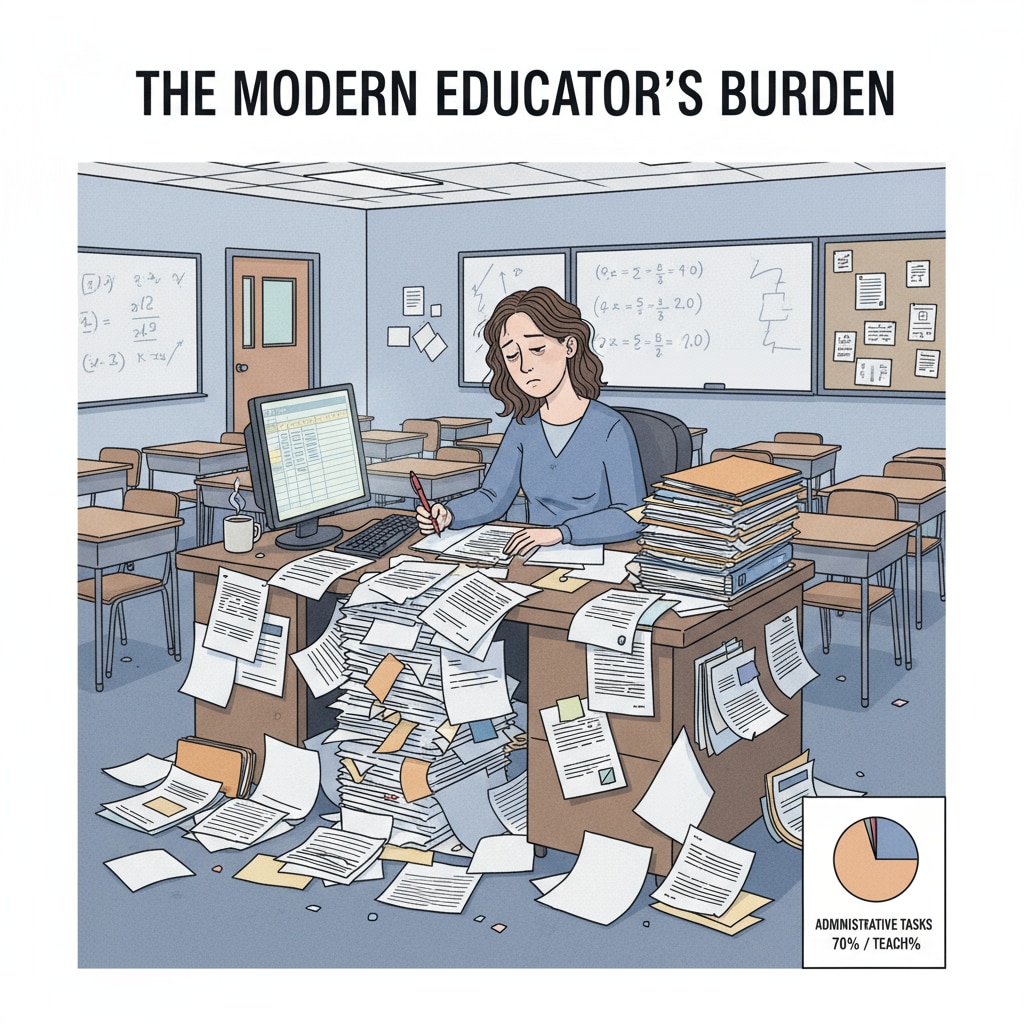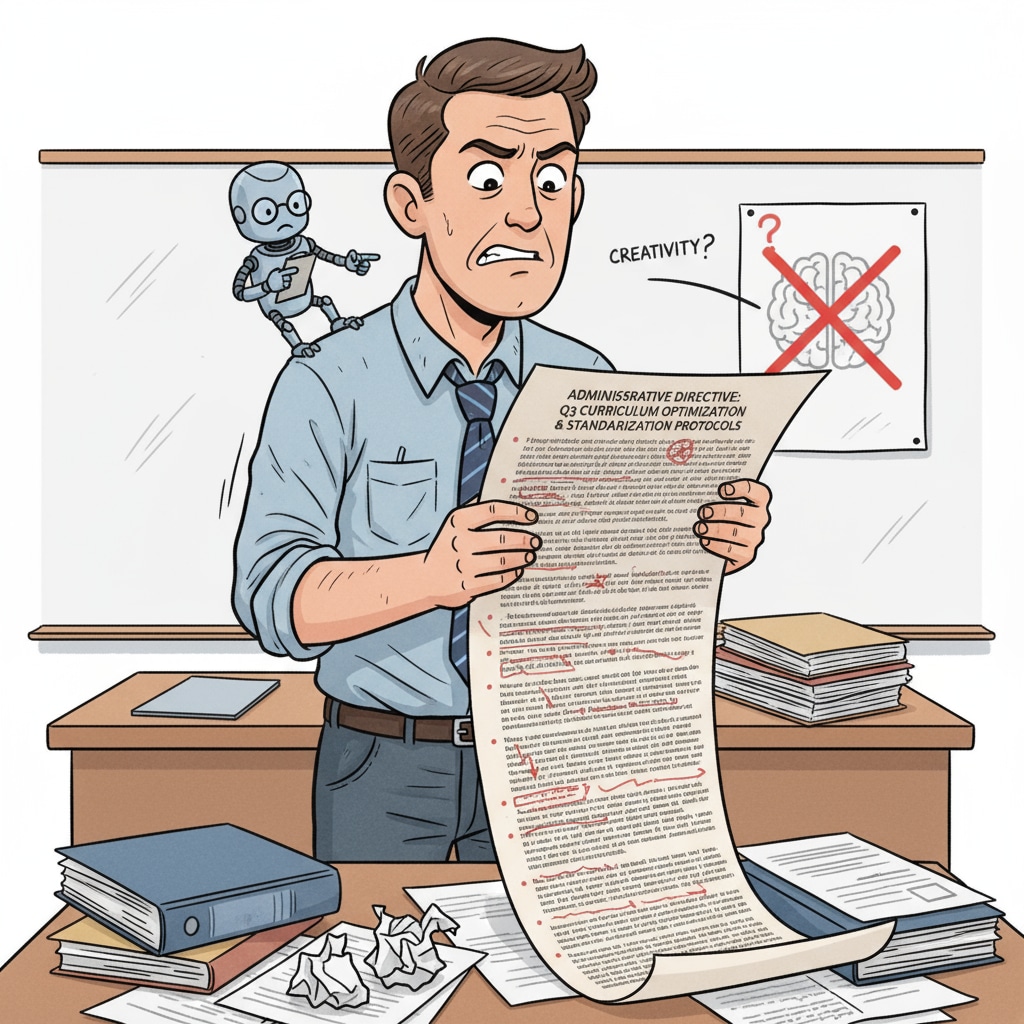In the realm of K12 education, micro – management, teaching autonomy, and workload have become intertwined issues that are taking a toll on educators. Teachers, the backbone of the educational system, are often finding themselves shackled by excessive administrative oversight and a mountain of non – teaching tasks. This not only affects their job satisfaction but also has far – reaching implications for the quality of education provided.

The Tyranny of Micro – management
Micro – management in education involves excessive control over every aspect of a teacher’s work. School administrators may dictate minute details such as the teaching methods to be used, the content to be covered, and even the way classrooms should be arranged. For example, teachers might be required to follow a strict curriculum framework that leaves little room for creativity. This lack of flexibility can be demoralizing. According to the National Education Association, many educators feel that such micro – management stifles their ability to connect with students on a deeper level.

Eroding Teaching Autonomy
Teaching autonomy is the freedom of teachers to make decisions regarding their teaching practice. It allows them to adapt their instruction to the unique needs of their students. However, the current trend of micro – management is rapidly eroding this autonomy. Teachers are often left with limited power to choose the materials they use or the teaching strategies they employ. As a result, they may find it difficult to engage students effectively. A study by ASCD shows that when teachers have more autonomy, student performance tends to improve.
The heavy workload associated with excessive administrative tasks is another significant problem. Teachers are now expected to complete an ever – increasing amount of paperwork, data entry, and compliance reporting. This takes away valuable time that could be spent on lesson planning, student assessment, and one – on – one interactions with students. In addition, the pressure to meet various administrative deadlines can lead to high levels of stress among educators.
Readability guidance: The excessive micro – management and heavy workload are clearly detrimental to educators. They need more autonomy to be able to perform their duties effectively. In the next section, we will explore possible solutions to this pressing issue.
Finding a Balance
To address these issues, it is essential to find a balance between management and teacher autonomy. School administrators should trust teachers’ professional judgment and provide them with more freedom in the classroom. This could involve allowing teachers to design their own curricula within certain guidelines, or giving them the power to choose teaching materials that best suit their students. In addition, reducing the administrative burden on teachers is crucial. Streamlining paperwork and focusing on meaningful assessment rather than excessive data collection can free up time for teachers to focus on what they do best – teaching.
In conclusion, micro – management, teaching autonomy, and workload are issues that need urgent attention in the K12 education system. By recognizing the importance of teacher autonomy and reducing the excessive workload, we can create an environment where educators can thrive, and ultimately, improve the quality of education for all students.


